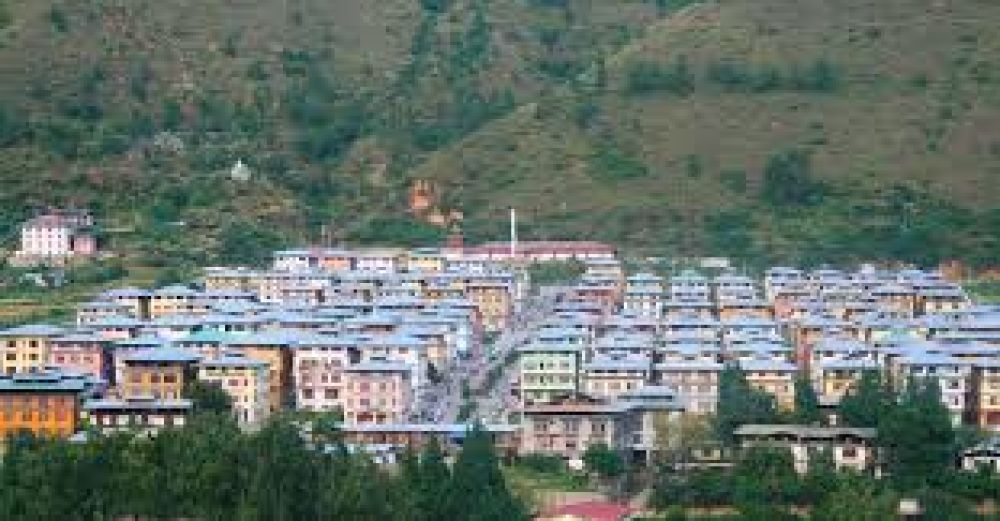

Nestled within the heart of the Himalayas, Bhutan is a sanctuary for those seeking serenity and a deep connection with nature and culture. The town of Bajo, often spelled as "Bajothang," in the Wangdue Phodrang district, is one such destination that has quietly emerged on the world's tourism map.
Modern tourism in Bhutan began in 1974, with the government's cautious approach to opening its doors to the outside world, centred around the concept of "High Value, Low Impact" tourism. While much of the early tourism focused on Bhutan's more famous sites like Paro and Thimphu, Bajo Town began to gain attention for its natural beauty and strategic location, which serves as a gateway to central Bhutan.
This small, yet vibrant town, located near the Punatsangchhu River, has a unique charm with its traditional Bhutanese architecture and a rustic, laid-back atmosphere.
As Bhutan's overall tourism industry developed, so did the entrancing appeal of Bajo. Strategically positioned on the way to the district capital, Wangdue Phodrang Dzong, and close to Punakha, another significant tourist destination, Bajo became a stopover point for travelers.
The establishment of hotels and guesthouses catering to various budgets reflected Bajo's growing importance. Restaurants serving both local and international cuisine began to sprout, enhancing the tourist experience.
Bajo, while modernizing, has not lost touch with its cultural roots. The local festivals, or tshechus, imbued with traditional dances and spiritual celebrations, remain a major draw for visitors. These events offer deep insight into the Bhutanese way of life and Buddhist traditions.
In recent years, Bhutan, and by extension Bajo, has seen a shift towards sustainable and ecotourism. There's an increasing emphasis on community-based tourism (CBT), which allows visitors to engage with the local people and participate in their daily lives.
Additionally, adventure tourism featuring activities such as rafting on the Mo Chhu and Dang Chhu rivers, and trekking through the scenic landscape, has become popular. The recent development of the Wangdue Phodrang Dzong Restoration Project has also piqued the interest of those keen on Bhutan's architectural heritage.
Moving forward, Bajo is expected to hold its position as a central hub for visitors exploring the wider Wangdue Phodrang region. Anticipated infrastructure developments aim to enhance the tourist experience while preserving the cultural and ecological integrity that defines Bhutan. Bajo's continuous evolution in tourism is representative of Bhutan's deep-seated respect for conservation, culture, and the value of authentic travel experiences.
With the country's cautious attitude towards maintaining a sustainable balance, travellers are encouraged to embrace the beauty and tranquility of Bajo, and indeed all of Bhutan, with mindfulness and respect for the local way of life.